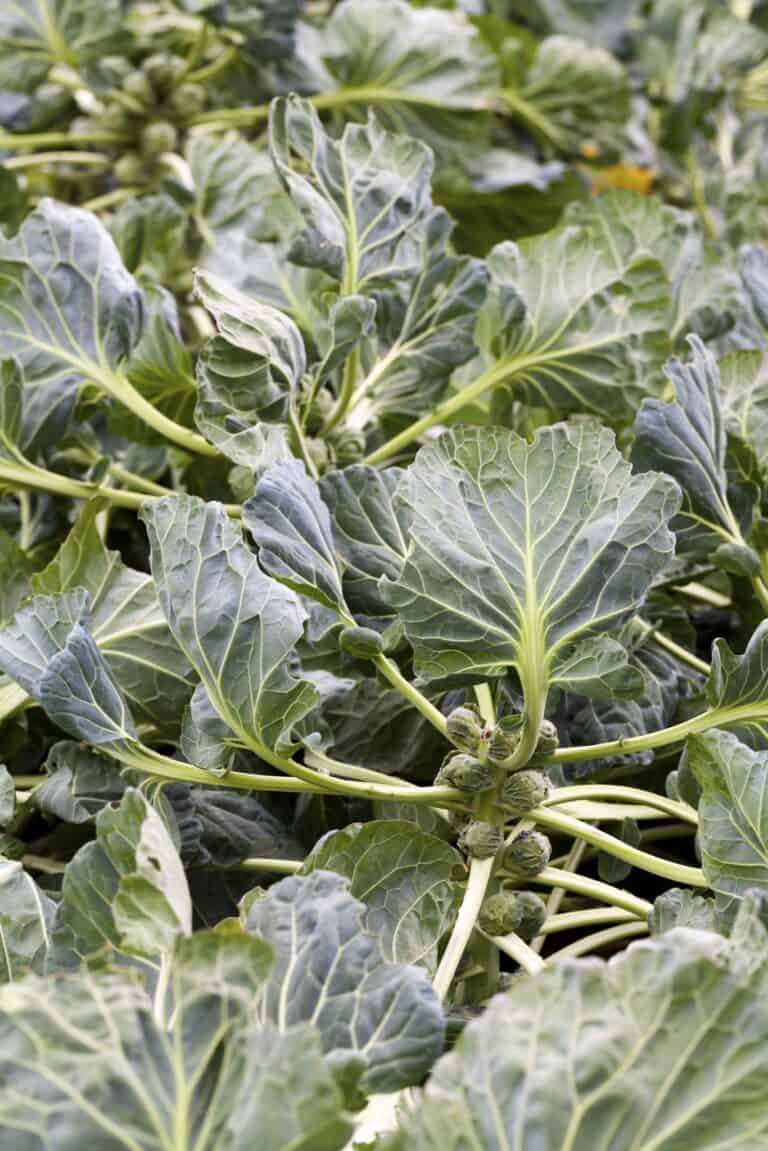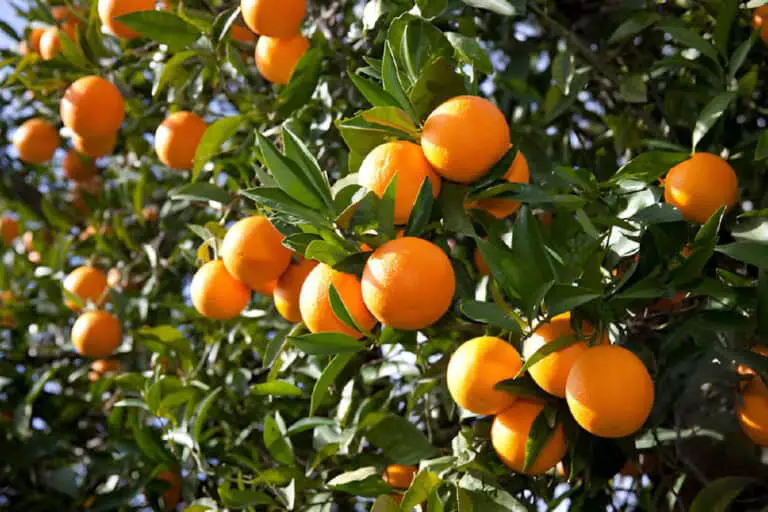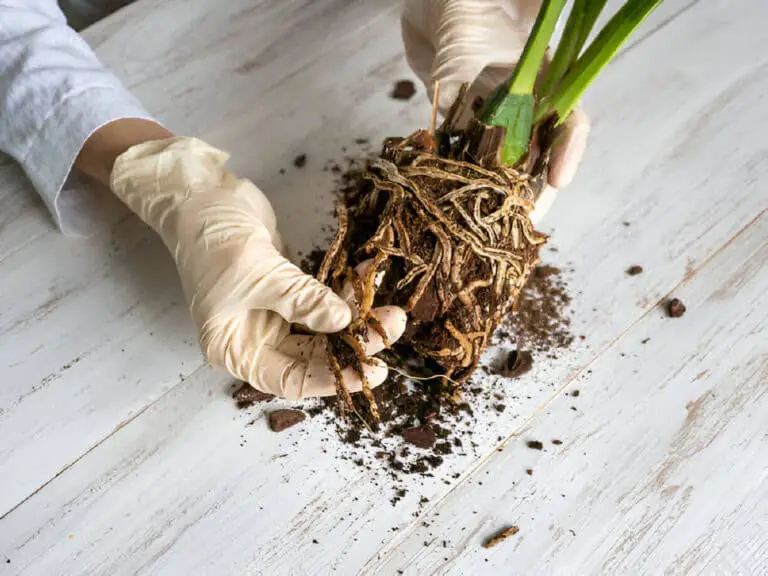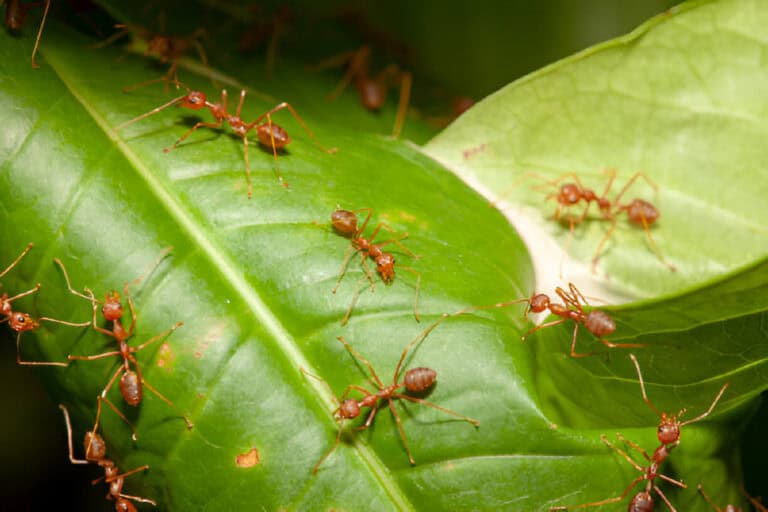7 Texas Weeds Every Gardener Should Know (and How to Control Them!)
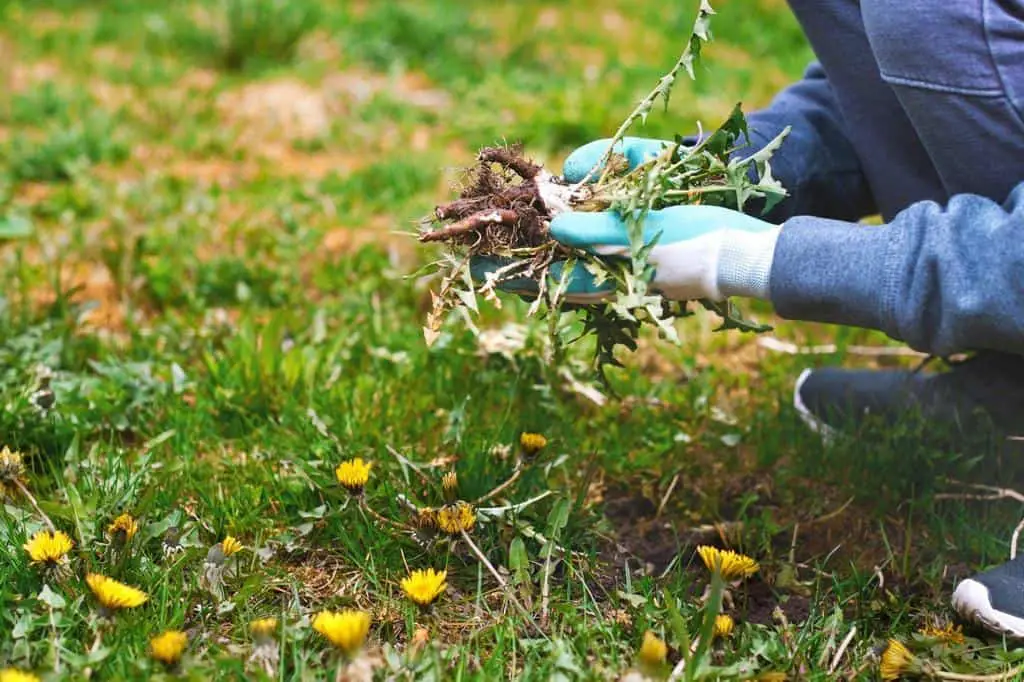
Gardening in Texas isn’t for the faint-hearted. Between the blistering heat, the sandy soil, and a parade of determined weeds, it sometimes feels like the earth itself is conspiring against a lush, tidy garden. But I’ve learned that with a little know-how—and a lot of persistence—those unruly Texas weeds don’t stand a chance.
Here’s the lowdown on seven of the most common weeds that every Texas gardener should know and how you can keep them in check.
1. Crabgrass: The Garden’s Pesky Invader

If weeds held a popularity contest, crabgrass would probably win. It’s notorious for spreading thick, low to the ground, and rooting itself wherever it pleases. In Texas, crabgrass takes advantage of the warm soil and bursts onto the scene by spring, often outpacing the grass you actually want.
How to Spot It
Crabgrass has wide, light green leaves that tend to spread out like little fingers across the soil. It thrives in disturbed, bare soil and loves a nice sunny patch.
Control Tips
To outsmart crabgrass, you’ve got to think a few steps ahead:
- Mow High: Keep your lawn at least 3 inches tall. A taller grass canopy naturally shades out this low-growing intruder.
- Mulch: For garden beds, a thick layer of mulch keeps crabgrass seeds from germinating.
- Pre-emergent Herbicide: Apply a pre-emergent in early spring. It’s like putting a “No Vacancy” sign up for crabgrass.
2. Dandelion: The Flower That Refuses to Leave
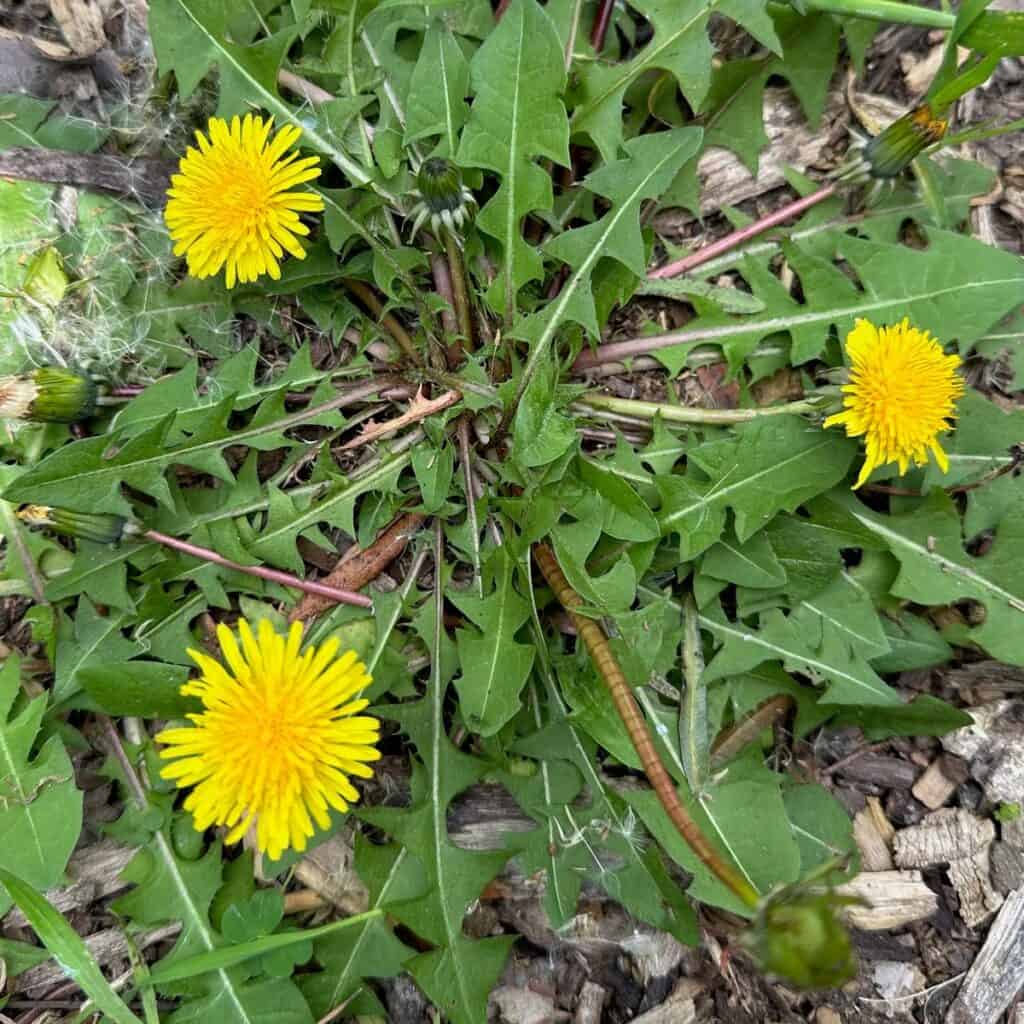
Yes, dandelions have that cute yellow bloom, but don’t let that fool you. They’re more tenacious than a door-to-door salesperson. Once they’ve taken root, those deep taproots make them a bear to remove.
How to Spot It
Dandelions are easy to recognize with their bright yellow flowers that eventually turn into fluffy seed heads. Their leaves form a rosette and have jagged edges—perfect for taking up space in your lawn.
Control Tips
Getting rid of dandelions is all about targeting that root:
- Hand-Pulling: For smaller patches, use a weed fork or a dandelion puller to get the whole root out.
- Vinegar Spray: A natural option is spraying a bit of household vinegar at the base of the plant. It weakens the leaves and eventually the root.
- Herbicide for Broadleaf Weeds: For larger infestations, a selective broadleaf pre-emergent herbicide can help, but be careful around other plants.
3. Bermudagrass: The Grass That Acts Like a Weed
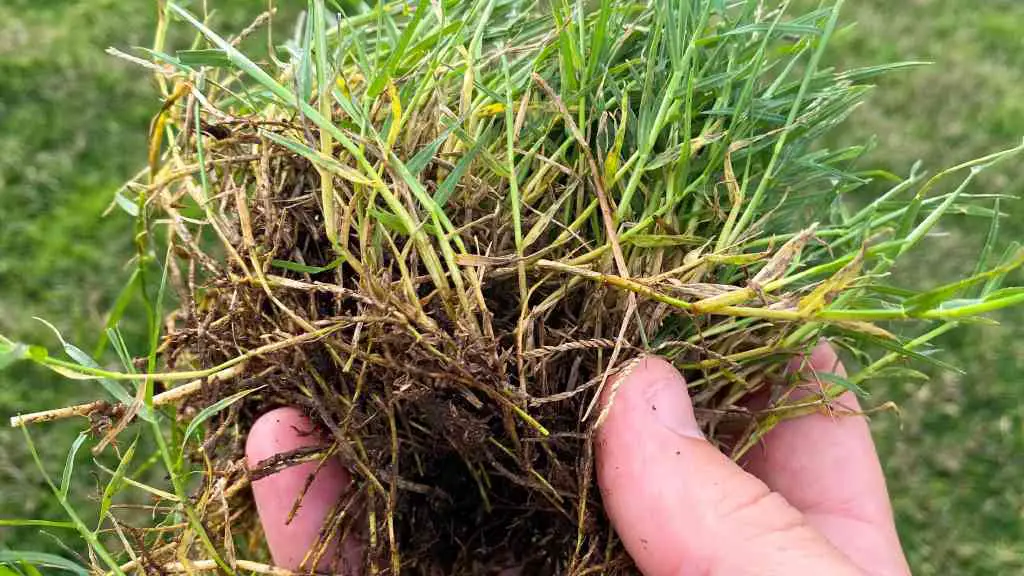
Bermudagrass can be your friend or foe, depending on where it’s growing. In the lawn, it’s fine. But when it starts sneaking into your flower beds, it becomes the guest that overstays its welcome.
How to Spot It
This grass forms dense mats and spreads aggressively through above-ground stolons and below-ground rhizomes. It’s a survivor that thrives in Texas’s hot, sunny climate.
Control Tips
To beat Bermudagrass, you have to be relentless.
- Hand-Pulling: Pull out every little strand as soon as you spot it.
- Smother It: If it’s in a flower bed, cover it with cardboard and mulch to suffocate the roots.
- Herbicide: Use a non-selective herbicide carefully for isolated patches, but protect nearby plants.
4. Purslane: The Succulent That Takes Over
Purslane almost looks like a delicate succulent you’d keep indoors—but don’t be fooled. This weed is a tough customer that spreads rapidly and can take over a garden in no time.
How to Spot It
Purslane has thick, fleshy leaves and reddish stems. It forms low mats and can produce hundreds of seeds, making it a nightmare to control.
Control Tips
Keeping Purslane in check requires diligence.
- Mulch and Cover: Cover bare soil to prevent seeds from sprouting.
- Hand-Pull Immediately: Remove plants while they’re young and before they go to seed.
- Herbicide Options: Post-emergent herbicides work well on purslane, but be cautious with surrounding plants.
5. Spotted Spurge: The Quick-Spreading Ground Cover
This little weed packs a punch. Spotted spurge spreads fast, and once it’s established, it releases a milky sap that can irritate the skin. It’s also toxic to pets, so getting it out of the garden is a top priority.
How to Spot It
Spotted spurge has tiny leaves with a red dot in the center, and it creeps along the ground, forming a dense mat. It’s easy to miss at first, but once it gains a foothold, it quickly takes over.
Control Tips
Keeping spurge at bay involves a bit of vigilance:
- Mulch Generously: This keeps seeds from getting the light they need.
- Hand-Pulling with Gloves: Wear gloves to avoid contact with its irritating sap.
- Pre-emergent and Post-emergent Herbicides: Use pre-emergents in early spring to prevent new plants, and spot-treat established plants with a post-emergent.
6. Nutsedge: The Grass Imposter
Nutsedge, often called “nutgrass,” looks deceptively like grass but behaves like a weed that’s out to take over the world. With its strong, underground tubers (or “nuts”), it’s a real garden bully. Once it takes root, it multiplies quickly, especially in damp or poorly drained soil.
How to Spot It
Nutsedge grows in thick clumps and has a triangular stem. The leaves are waxy, bright green, and come in sets of three from the base, unlike true grasses.
Control Tips
Beating nutsedge takes persistence:
- Pull Early and Often: Remove it by hand as soon as you see it, making sure to get the nutlets below ground.
- Improve Drainage: Nutsedge loves damp soil, so consider adding compost or sand to improve drainage.
- Selective Herbicide: Use a nutsedge-specific herbicide to target it without harming your grass.
| Related: Preventing Weeds Around Trees |
7. Henbit: The Springtime Intruder
Henbit might look delicate with its tiny purple flowers, but it’s a master at creeping over garden beds and lawns. It starts growing in winter, so by spring, it’s already ready to spread its seeds far and wide.
How to Spot It
Henbit has square stems and small, scalloped leaves. It’s covered in tiny purple or pink flowers and tends to spread out low to the ground.
Control Tips
Henbit may look pretty, but here’s how to keep it from taking over:
- Mulch Heavily: Cover bare spots in your garden with mulch to prevent henbit from sprouting.
- Pre-emergent Herbicide: Apply in late fall to keep seeds from germinating.
- Hand-Pull: If you find henbit in small patches, pull it by hand before it flowers to reduce its spread.
Quick Reference Table
Here’s a quick rundown of each weed, how to recognize it, and the best control methods:
| Weed | Appearance | Control Tips |
| Crabgrass | Light green, wide leaves spreading low | Mow high, use mulch, pre-emergent herbicide |
| Dandelion | Bright yellow flowers, deep taproots | Hand-pulling, vinegar spray, broadleaf herbicide |
| Bermudagrass | Dense mats with stolons, rhizomes | Hand-pull, smother, selective herbicide |
| Purslane | Thick leaves, reddish stems | Mulch, early removal, post-emergent herbicide |
| Spotted Spurge | Tiny leaves with red center | Gloves for pulling, mulch, pre- and post-emergent herbicides |
Wrapping Up: A Weed-Free Texas Garden Is Possible!
While Texas weeds can feel like relentless adversaries, with some grit and the right techniques, you can take back control of your garden. Whether you’re wrestling with crabgrass, outsmarting Bermudagrass, or pulling dandelions, remember that each weed has a weak point. A little persistence, some timely pre-emergent treatments, and smart hand-weeding can keep these pesky plants from turning your yard into a weed wonderland.
So roll up those sleeves, grab your tools, and show those Texas weeds who’s boss. With patience, a few clever tricks, and a bit of Southern grit, your garden can thrive weed-free, giving you the beautiful, lush landscape you’re after. After all, gardening here may be a bit of a battle, but the reward is worth every effort.

